

Max Davies
How Audi, BMW, Honda, Mercedes-Benz, and Suzuki started out in Australia, and where they are now
14 Hours Ago
From show-car stunner to dealership darling. This series takes a look at the life cycle of a car from concept to development and facelifts in-between. This week, facelifts and updates.

Contributor
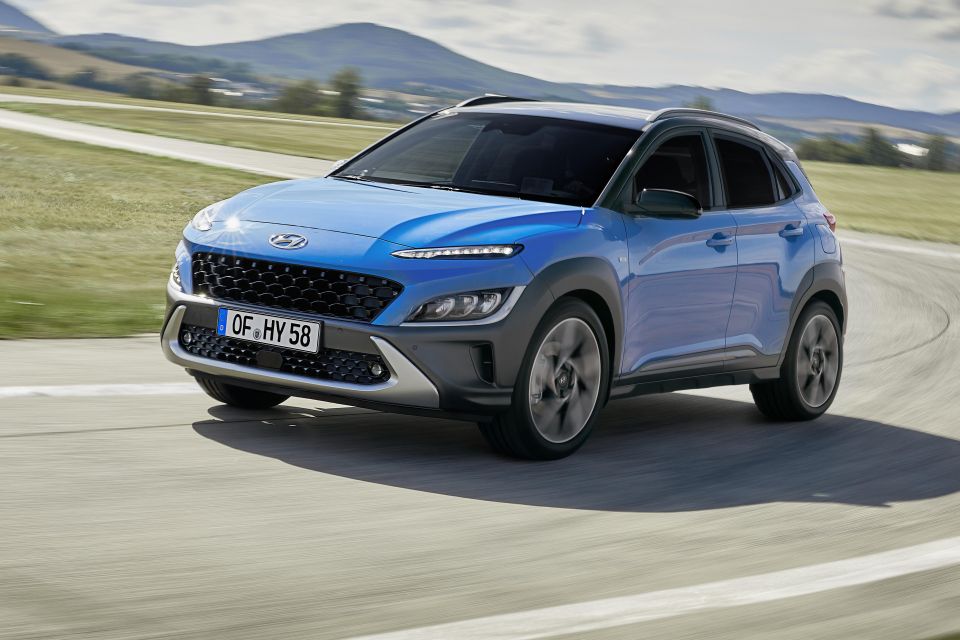

Contributor
The engineering hard yakka is done and a car has entered mass-production, with units being produced at factories around the world. That doesn’t mean it’s time to stop work and take a breather. The automotive industry is very dynamic, with new models launching all the time, constant improvements in technology, and ever-changing regulations to deal with.
All this means resting on your laurels is a surefire recipe for failure. To prevent this, most carmakers are working on updates in the background even as a model first rolls off the production line.
Generally, these updates fall into two categories. A model year update (known in industry jargon as an MY update) or a facelift.
If a person receives a facelift, they’ve undergone cosmetic surgery of some sort. A facelift in an automotive context is analogous to this.
The fundamental character and mechanicals of the car generally remain similar, but the interior and exterior design may be significantly altered, and new technology added.
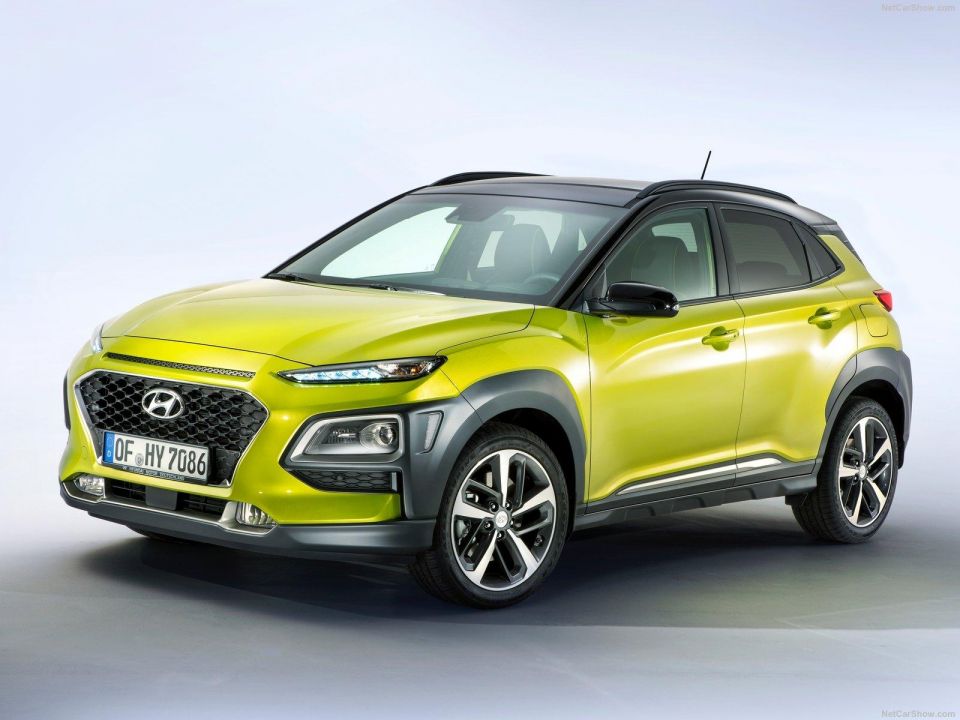

Whilst the word ‘facelift’ is a generic term used across the industry, carmakers may each have their own way to describe a facelifted model.
BMW in particular uses the acronym LCI (“Life Cycle Impulse”) to denote a facelift. Other marques may directly call a particular car a facelift model, while some simply call it a ‘new’ model.
Here also, some caution is required when navigating marketing speak. In automotive parlance, ‘new’ usually refers to a facelifted model, whilst the term ‘all-new’ denotes an entirely new generation with not only a design overhaul, but new underpinnings as well.
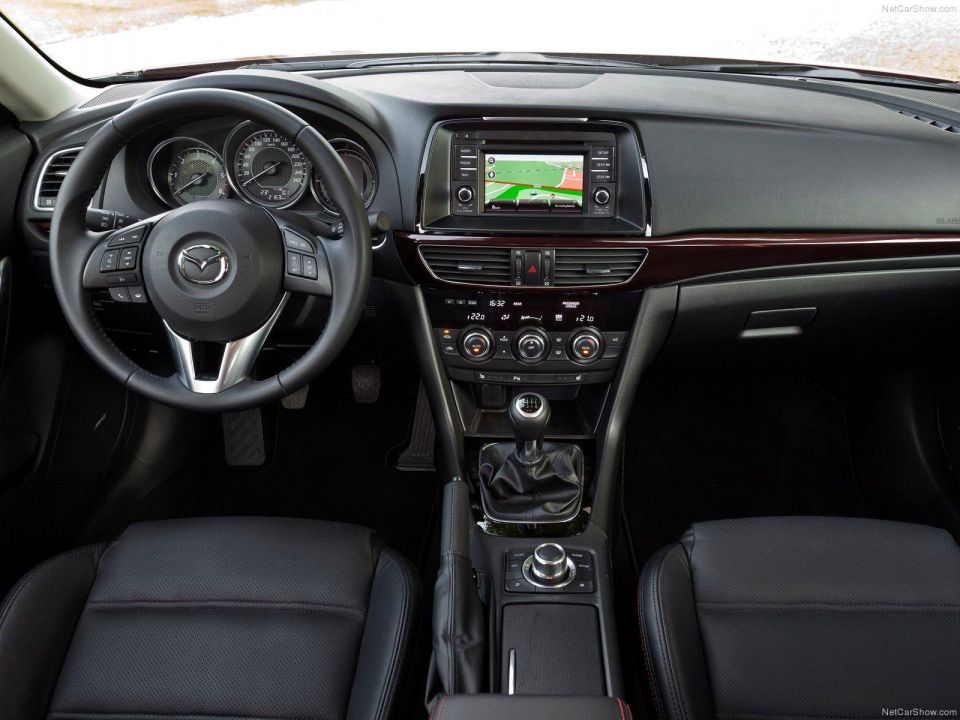
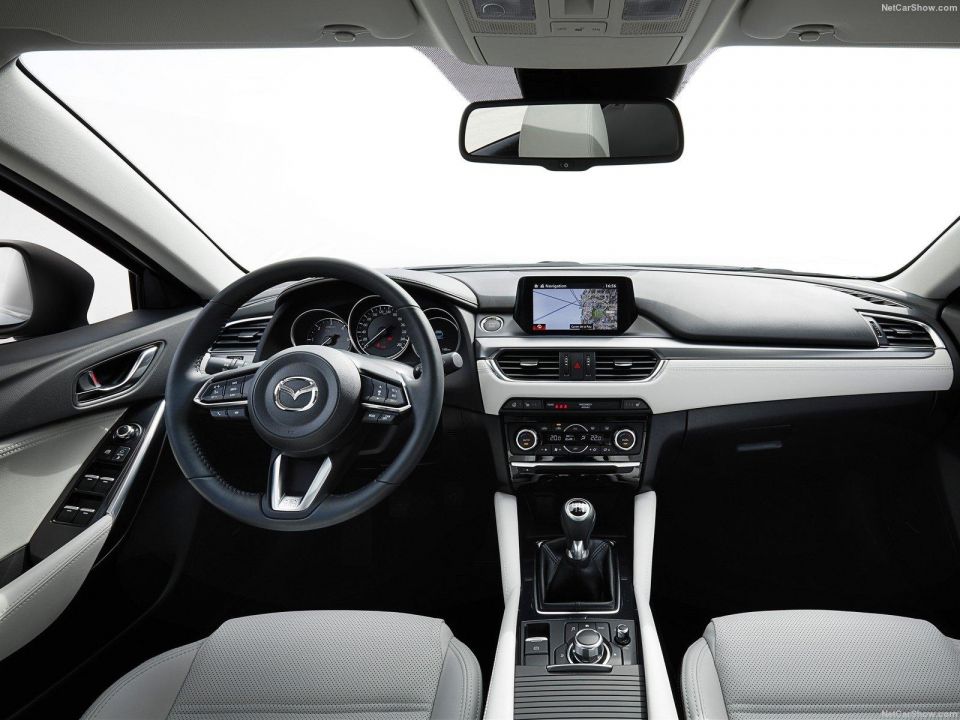
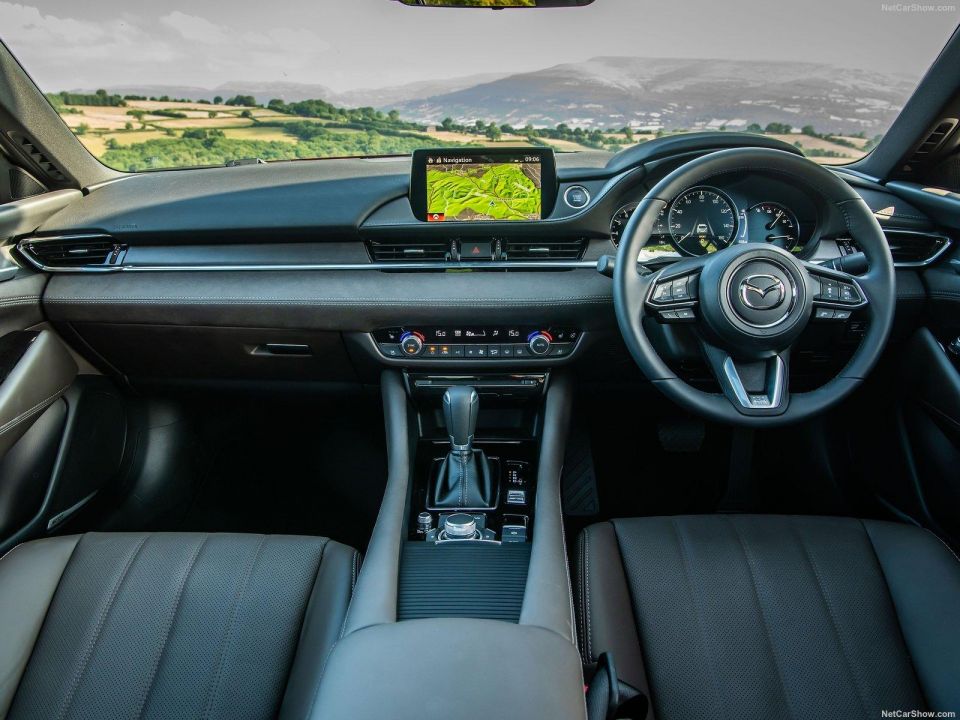
When and how often will a car be facelifted? It depends on the specific model, but assuming that a car is on sale for around eight years, it will generally be facelifted at least once.
However, models with longer lifespans (10 or more years) may undergo multiple facelifts. The images above are of the Mazda 6 interior. On sale since December 2012, it has undergone two major facelifts in 2016 and 2018, both of which included significant interior revisions.
How can you tell when a facelift is imminent? Check automotive sites such as this one and others for spy shots or other vehicles in camouflage – if these are being reported with greater frequency and the model has been on sale for several years without a substantial update, a facelift is likely to be imminent.
Once revealed, a facelift can take anywhere from six to 12 months to arrive on our shores, during which time dealers would be keen to get rid of existing stock.
In the automotive world, a model year is an approximate way to denote the when a car was built. Approximate should be emphasised here, as the model year does not align with a calendar year. For many makes, a particular model year begins in the third quarter of the preceding calendar year.
This means that a car marketed as ‘MY20’ (model year 2020) could have been built as early as July 2019.
A model year update may include anything from minor changes to interior trim, new paint colours, or updates to safety features and other in-car technologies. For example, the standard inclusion of Apple CarPlay or Android Auto or an upgraded AEB system that can detect pedestrians or work at higher speeds. A model year update may also make features that were previously optional standard.
In America, the term ‘model year’ is regulated so that a car can be sold one model year in advance. For example, an MY20 model could be sold as early as January 2, 2019. In other regions, including Europe and Australia, there aren’t any equivalent regulations, and so a model year can be as arbitrary as the carmaker wants.

Why is the model year important? Usually, cars across a particular model year will have identical specifications and equipment. However, there are exceptions, such as when Ford introduced “MY19.25” and “MY19.75” versions of the Focus.
Confusing, right?
If you’re settled on purchasing a particular car, look for pricing and specs articles on websites such as this one or consult websites such as Redbook, which provide a detailed breakdown of the standard and optional features on a car in a particular model year.
Rather than model year, some manufacturers may introduce updates based on a specific build date. For example, cars built after May 2020 may include a particular feature as standard that was previously optional or not available.
It’s possible to work out the build date by having a look at the vehicle’s build plate, typically found underneath the bonnet.

New cars from manufacturers such as Tesla, Mercedes-Benz, BMW, and Volkswagen are increasingly featuring software that can be upgraded remotely over the internet, and it’s likely that this technology will soon be found on the vast majority of new cars being sold. This will reduce the need for annual MY updates focusing on technology improvements.
For example, the recently-unveiled Volkswagen ID. 3 was initially produced with software that lacking several features.

However, rather than waiting for a model year update to introduce revised software, Volkswagen can offer the latest software over the internet for buyers to download, much like updating your iOS or Android smartphone.
Of course, changes to hardware and design will still necessitate facelifts or model year updates, but these are likely to be less frequent. In the context of electric vehicles, continual improvements to battery technology and energy density mean when facelifts or model year updates do occur, they may also include a larger battery and an increase in the available driving range.


Max Davies
14 Hours Ago


William Stopford
14 Hours Ago


Derek Fung
15 Hours Ago


Max Davies
22 Hours Ago


William Stopford
2 Days Ago


Ben Zachariah
2 Days Ago